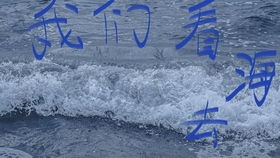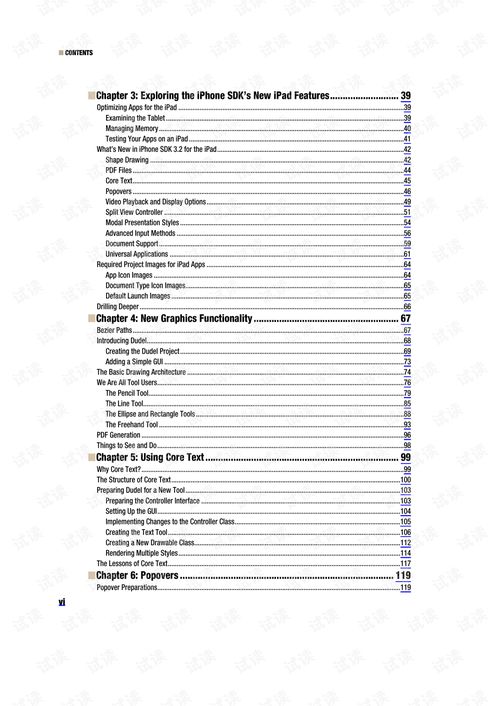Content:

As the weather shifts, so does the behavior of fish, and this is especially true for the elusive carp. Whether you're a seasoned angler or a beginner, adapting your techniques to changing weather conditions can significantly enhance your chances of landing a big catch. In this article, we'll delve into the intricacies of carp fishing during variable weather and provide you with essential tips on how to catch more鲫鱼 in such conditions.
Understanding Weather Patterns
Before we dive into the fishing techniques, it's crucial to understand how weather patterns can affect carp behavior. Carp are highly sensitive to changes in water temperature, barometric pressure, and wind conditions. Here's a breakdown of how different weather elements can impact carp fishing:
Temperature Fluctuations: Carp are cold-blooded and rely on the water temperature to regulate their body temperature. When the temperature drops, carp tend to become less active and move deeper into the water. Conversely, warmer water temperatures can trigger increased activity and movement.
Barometric Pressure: Changes in barometric pressure can cause carp to become more or less active. Low pressure often correlates with increased carp activity, while high pressure can lead to decreased feeding.
Wind Conditions: Wind can disperse food sources and stir up the water, which can either attract or deter carp. Calm conditions are generally more favorable, but a gentle breeze can sometimes help disperse food and attract fish.
Adapting Your Tactics
Now that we understand how weather affects carp, let's look at some specific techniques to help you catch more鲫鱼 during variable weather:
Choosing the Right Location: During changing weather, it's important to find areas where carp are likely to congregate. Look for spots with deep water, cover, and a natural food source. If the weather is cold, focus on deeper holes or areas with slower water currents.
Adjusting Your Bait: Carp can be picky feeders, especially during fluctuating weather. To adapt, consider using a variety of baits, including:
- Live Bait: Live bait such as worms, maggots, or small fish can be highly effective in attracting carp.
- Artificial Lures: During colder weather, soft plastics or spinnerbaits can be more appealing than hard baits.
- Natural Flavors: Adding natural flavors to your bait can entice carp to bite, especially when they're not particularly hungry.
Presenting Your Bait: The way you present your bait can make a significant difference in whether you catch carp or not. Here are some tips:
- Patience: Carp can be slow to bite, so be patient and allow your bait to settle naturally.
- Motion: A subtle twitch or movement can sometimes trigger a bite, especially in colder water.
- Depth: Adjust the depth of your bait presentation based on the water temperature and depth of the carp.
Using the Right Equipment: The equipment you use can also impact your success. Consider the following:
- Reel: A smooth, reliable reel is essential for fighting carp, which can be quite strong.
- Line: Use a line that matches the conditions. In colder water, a heavier line may be necessary to combat the carp's reduced activity.
- Hooks: Larger hooks can be more effective in catching carp, especially when using live bait.
Timing Your Sessions: Carp can be more active at certain times of the day, particularly during the early morning or late evening. Try to time your fishing sessions accordingly to increase your chances of success.
Conclusion
Carp fishing in changing weather can be challenging, but with the right knowledge and techniques, you can still enjoy successful outings. By understanding how weather patterns affect carp behavior, adapting your tactics, and using the right equipment, you'll be well on your way to catching more鲫鱼, regardless of the conditions. Remember, patience and persistence are key, and with time, you'll develop a keen sense of how to read the water and the fish it holds. Happy fishing!












